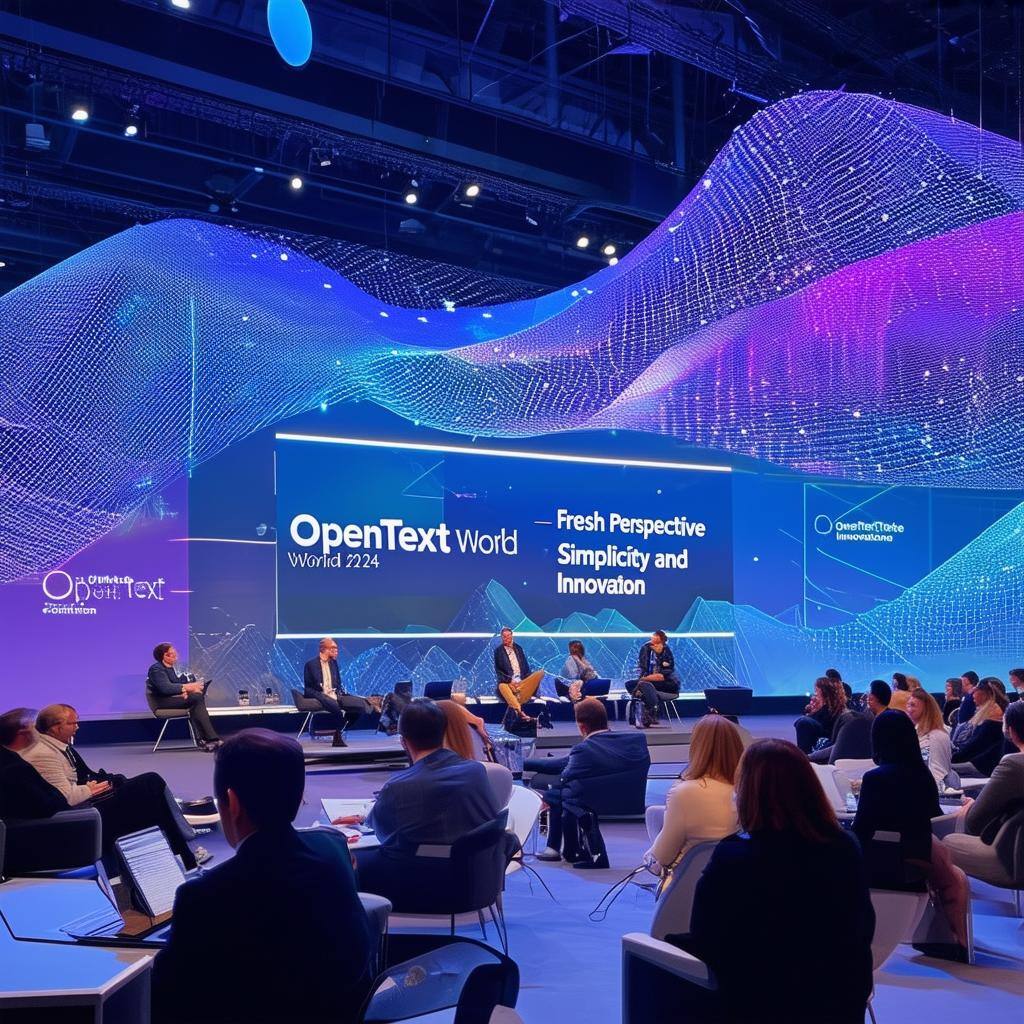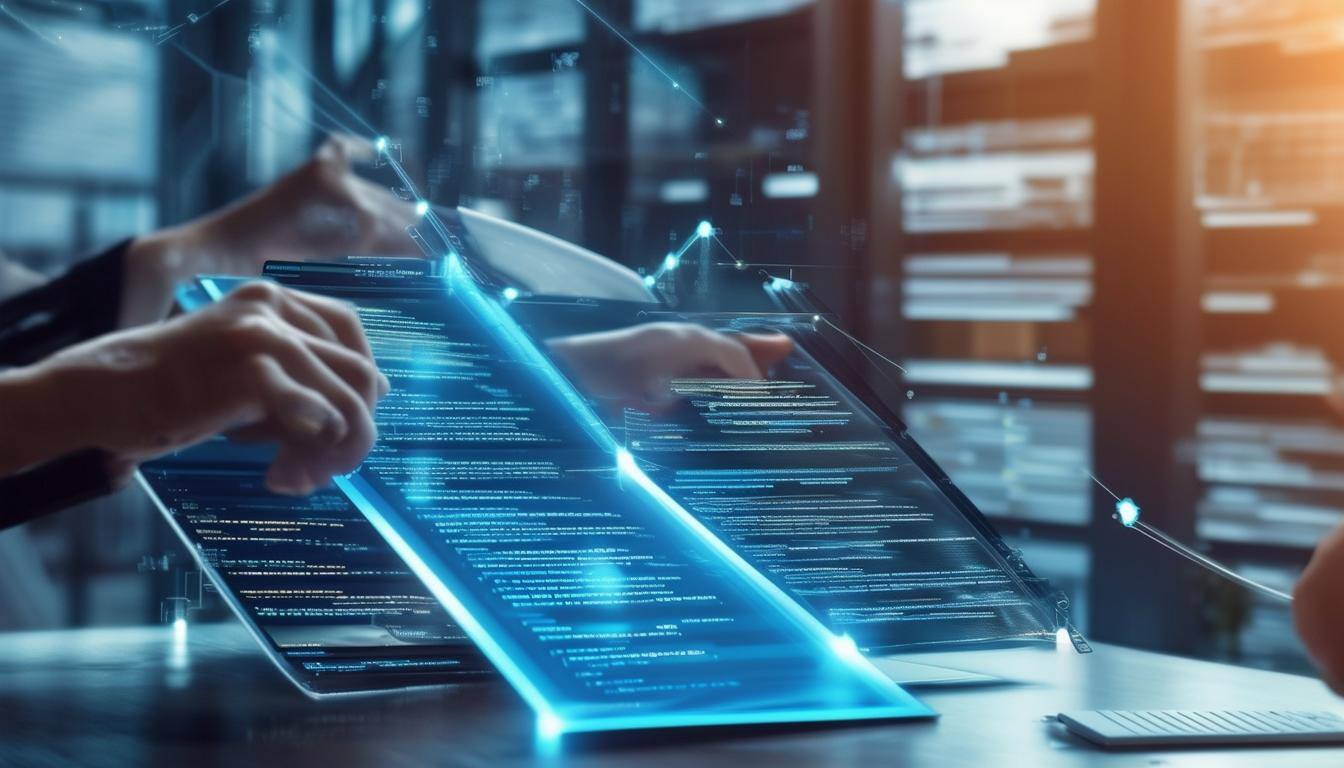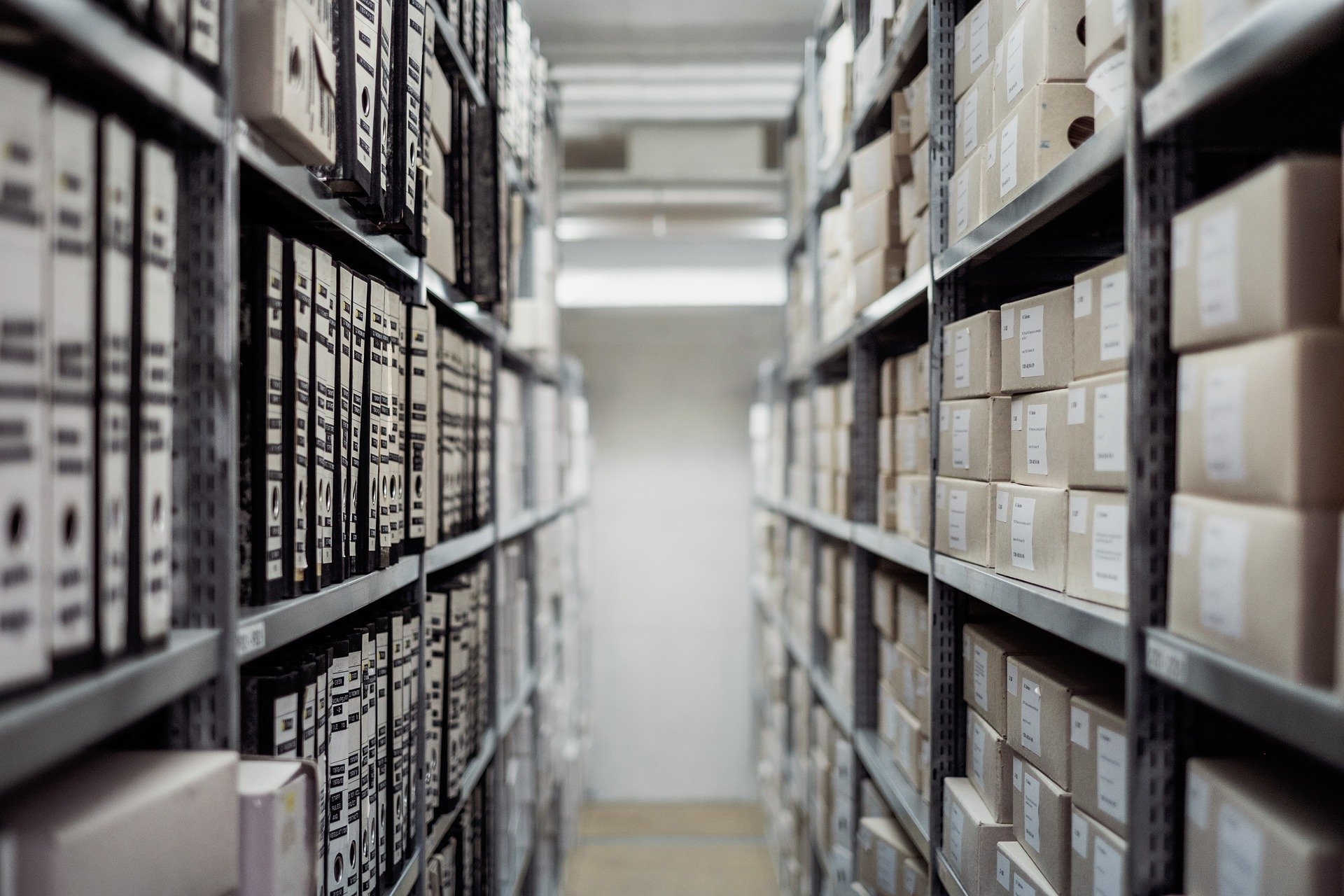Manufacturing Records Books - Overview
Despite the move to digital, most companies within the oil and gas industry are expected to keep a paper-trail of hundreds, if not thousands, of documents for compliance or contractual purposes. From product designs, materials specifications and/or inspection reports to maintenance procedures, standard operating procedures (SOPs), and/or work instructions, each company must be able to provide their documentation upon request by organizations such as auditors, regulators and customers.
One such document that is the Manufacturing Record Book or MRB. In the oil and gas industry, companies who create Manufacturing Record Books rely on dozens of staff to physically collect and collate the original source documentation which often is still in a paper versions of these documents, scanning the documents, which converts them into PDFs and then sending the PDF copies to the requesting organization. This manual process is highly error prone, time consuming, and very expensive. Pages often go missing or are duplicated in error, they are not in the correct order, and the scanned images are poor. There is no common look to the completed document, no table of contents, and there is no easy way to reorder the documentation.
However, there is a simpler, more elegant, digital solution available to these companies in the form of digital Manufacturing Records Books, created using tools such as Global Cents PowerTools. This solution for OpenText Content Suite can save businesses millions of dollars in manpower and administrative costs, as well as significantly reducing the time taken to collect final contractual payments (holdbacks).
This white paper will explain what Manufacturing Records Books (MRBs) are, why they are needed and how oil and gas companies in particular can effectively and efficiently create and manage MRBs. Specifically, we will outline how Global Cents offers a complete digital MRB solution that is easy to use and collects all the documentation you need, automatically, for any MRB.
Manufacturing Records Books (MRBs)
What is a MRB?
A MRB is a collection of documentation that encompass every detail of a product, or business asset, and its sub-components. The final MRB contains information about every part number, serial number, and batch number of the components and sub-components that were used in a particular product. The types of documentation included in an MRB may vary but typically include certificates from assembly to shipping; design documentation, drawings, and images; and product acceptance, quality and testing documentation.
Given the size and complexity of these documentation, creating MRBs can cost an organization millions of dollars. The manpower required to find, collect and organize the source documentation is immense for a large organization. Many contracts require customer acceptance of the MRB prior to final payment. Incorrect or incomplete MRBs can result in delayed payments or reduced invoiced amounts.
What does a typical MRB consist of?
MRBs consist of all the documentation relating to a product including the materials, components, assembly process, test results, and other quality related documents.
As an example, an MRB to support an oil rig may contain the following documentation:
- Bill of materials
- Testing certificates
- Shipping certificates
- Material information
- Component certifications
- External vendor information
- Technical/ architectural drawings
- Quality plan
- Business processes and policy documentation
- Assembly / methodology records
- Punch lists
- Acceptance test
- Non-conformity or deviation documentation
Why is a MRB required?
For many industries, including the oil and gas industry, the proper certification and authorization is required before placing a product or business asset into production; the customer wants to make sure the purchased product is fit for purpose. With a complete MRB, the product can be placed into production or the final deliverable to the contract can be accepted.
To make matters more complex, each customer may have their own requirements for MRBs, requiring different documentation for the same product, and many of these contracts entitle the client to withhold payment until the MRB is received. Finally, when it comes to exporting the product, foreign customs officials can seize and hold the product at the border (a customs hold) until a satisfactory, correct and complete MRB is delivered.
This presents a very real need for accurate and complete MRBs in order to be successful in the oil and gas industry.
A physical problem
Due to the sheer size and diversity of documentation that make up an MRB, many companies will spend weeks, if not, months on compiling a single MRB. Companies have to undertake an extremely long process to achieve a comprehensive and accurate document.
For each of the hundreds of documents that make up the MRB, the company has to:
- Locate the document, either physically or digitally
- Ensure it is the correct version
- Number the document
- Print the document
- Compile all the documents into a single MRB
- Manually update the table of contents
- Scan the MRB
- Have it reviewed and manually recompiled based on feedback
- Send if for final review and approval by an internal approving authority
- Publish the MRB and send it to the customer for acceptance
The company has to do the above procedure for every product SKU which their customers, regulators or auditors require. They have to compile each MRB with all the required documents, in a legible format, and in the correct order for the MRB to be accepted.
As you can imagine this tedious process can take a long time to complete for even the simplest of products like drills and pumps.
The digital solution
Global Cents provides a great digital alternative for collecting documentation and compiling MRBs - leveraging OpenText Content Suite with xECM and ERP platforms like SAP.
Using our solution, GCI’s implementation partner Alitek Solutions has helped companies streamline MRB delivery and built the necessary foundation needed to support and improve on this process. Let’s take a look at how this digital solution helps.
MRB creation with Global Cents’ solution
No matter the MRB you’re creating, Global Cents can automate the process and streamline your production, freeing up your resources to focus on other tasks and ensuring your MRB is complete, accurate and accepted by your customers.
The 5 Step Process: How it’s done
Below we’ll go over exactly how an MRB is created with Global Cents, specifically for an oil and gas company using SAP.
Step 1: MRB Template
The Global Cents solution allows users to easily pre-configure templates for different MRBs, each tailored to individual customer requirements. This makes it easy to generate MRBs organized as each customer wants; this also makes it easy to perform reporting to identify missing documentation.
The ExampleManufacturing Corp would like to sell an oil pump to BP and Exxon Mobil, their regular customers. Even though both BP and Exxon Mobil require similar documents overall, each has their own requirements for their MRBs (e.g. content, organization, and look and feel).
Manufacturing Corp creates a template and outlines which documents BP requires for pumps. Manufacturing Corp then copies this template and revises the content, organization, and look and feel requirements to meet Exxon Mobil's needs.
Following this initial configuration work, Manufacturing Corp can easily use the related template to generate an MRB in the correct format each time they sell a pump to either BP or Exxon Mobil all while taking advantage of the same source documentation.
Step 2: Collection
Once the Global Cents application has an expectation of the style, structure and the kind of documentation the MRB requires, it searches Content Suite for the related documentation using a pre-report, identifying what documents are available and what documents are missing.
When a product is sold, the ERP system generates a list of part numbers, batch numbers, even individual serial numbers. The Global Cents solution uses this list to search the OpenText repository. The solution assembles the selected documentation and, using the template, places each document into the correct location in the digital MRB structure.
The ExampleManufacturing Corp sells a pump to BP. This triggers an automated process within SAP to generate a list of part numbers, batch numbers, and individual serial numbers that make up that pump. Using the list, the Global Cents solution automatically starts the collection and assembly process and notifies the appropriate staff when the process has completed.
Step 3: Compilation
After locating and collecting the required documentation for the MRB, the application will compile a digital MRB with links to the source documentation that was found in the collection step. Links to the documents are used rather than copies of the documents because when any of the documents are updated, they are automatically updated in the digital MRB; the links always point to the most current version (unless otherwise configured).
The ExampleThe Global Cents application creates a digital MRB with links pointing to the documentation required by both BP and Exxon Mobil. However, there seems to be a bit of a hitch.
It seems that BP’s required documentation needs an update. No problem, Manufacturing Corp receives the update information from one of its supplier. A new version is added to Content Suite. Based on the links, the newest version is automatically made available in the digital MRB. This functionality ensures that the most up to date documentation is always available when creating the MRBs.
Exxon Mobil on the other hand had previously purchased the same type of pump last year. They have asked for another copy of the MRB. By configuring the Global Cents solution, an MRB can be automatically created based on the previous versions of the source documentation thus ensuring that Exxon Mobil receives an exact copy of their original MRB.
Step 4: Review
Once the digital MRB has been created with the links connecting to each of the source files, it is presented to reviewers.
The reviewers can add or remove content to the digital MRB; ask the original authors of the source documents to make updates; or reorder the documents/place them in different sections of the document; all through an intuitive browser interface.
The ExampleNow that the correct documentation has been found, the Manufacturing Corp MRB Clerk sends the digital MRB to a set of reviewers using an automated workflow. The reviewers review the digital MRB using the user-friendly browser interface.
When the reviewers have completed their reviews, the MRB Clerk resolves their feedback and ensure the digital MRB is ready for publishing and final approval.
Step 5: Publishing and Approval
With a click of a button, the application follows each virtual link in the digital MRB and compiles each source document into the selected format, such as PDF. A table of contents is automatically created, specified fonts and styles are applied; headers, footers and watermarks are applied as configured included auto-pagination. The final MRB is published and then sent for internal and external approval.
The ExampleThe MRB Clerk sends the digital MRB to the final phase, publish and approve. The solution automatically assembles all of the source documents, merges them into a single file, and, based on the previously defined templates, applies the corporate fonts and styles , add the appropriate headers and footers, then applies the page numbers, generates the table of content and renders the entire collection to PDF. The PDF is then sent to the internal approvers for final approval and signature. Once approved, Manufacturing Corp sends the signed MRB to their customer for acceptance. The MRB is accepted by the customer and the holdback payment is sent to Manufacturing Corp.
By taking a look at the process above and comparing it to how companies without a digital solution would assemble an MRB, it’s easy to see the benefits and advantages of using Global Cents.
Below are some of the highlights of using Global Cents to compile and publish MRBs digitally.
The Global Cents Advantage
Global Standardization and AccessibilityThe Global Cents application is not a customized solution based for only one particular product, industry or company. It is a flexible and dynamic solution that can be applied to any industry or organization requiring MRBs or MRB-like publications. This means it is more maintainable, reusable and accessible for all companies.
SAP IntegrationWhile Global Cents works with any ERP, it has been tightly integrated with SAP.
Advanced SearchingThe Global Cents solution is able to find and compile documentation accurately and easily using metadata from the ERP (e.g. part numbers, batch numbers, & serial numbers). This means that MRBs created through the application are extremely accurate and complete.
Reduced Errors in Documentation SubmissionBy removing many manual steps out of MRB creation process like document collection, collation and scanning, the documentation errors and quality concerns are drastically reduced, ensuring that published MRBs are accepted by customers.
Reduction in Documentation and Publishing CostsSince the Global Cents application assembles the MRB digitally, creation time and publishing is quick, easy and automated. This reduces the amount of human resources needed to complete an MRB by a substantial margin.
Improved Cash FlowBy virtue of publishing and approving the MRB quickly, the Global Cents digital solution improves cash flow, as products are accepted and thus paid for faster.
Conclusion
Creating Manufacturing Records Books can be a long and difficult process when you lack the right tools. The collection of documentation for every material, process, policy and certification for an MRB can mean weeks of work for organizations. By using the Global Cents' MRB solution, we have seen how companies are able to gain an edge in creating and submitting their MRBs faster, more efficiently, and with higher quality
Leveraging the SAP and OpenText Platforms and the expertise of its implementation partner Alitek Solutions, Global Cents has developed a proven solution that’s configurable and sustainable for your business.
If you’d like to find out more about how you can get the most out of any ERP like SAP, Global Cents has the solutions you need to optimize your complex documentation processes whether you need to create MRBs or not.
Since 2005, Global Cents has been recognized as the leading provider of value-added information life-cycle management solutions within the OpenText ecosystem and now supports over 100 companies around the globe.
Contact Global Cents today, and unlock your company’s true potential.


